We may earn money or products from the companies mentioned in this post. This means if you click on the link and purchase the item, I will receive a small commission at no extra cost to you ... you're just helping re-supply our family's travel fund.
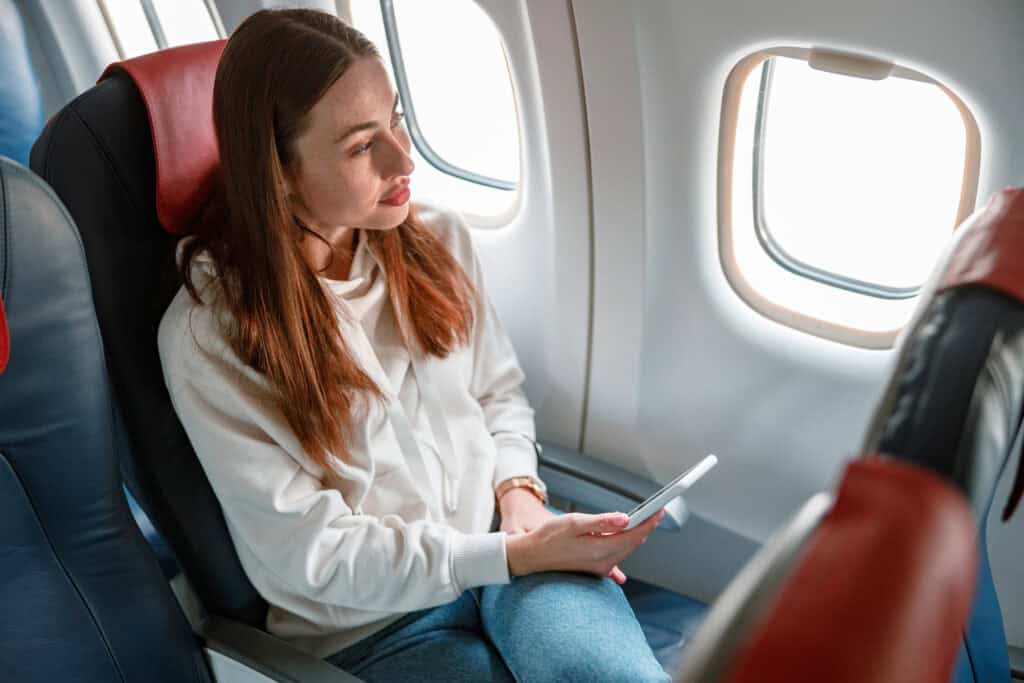
Great trips and game days start with smart seating. Comfort comes from small choices that match the plan, the body, and the clock. The right spot cuts noise or glare, eases movement, and keeps meals and rest on schedule. A few rules hold across vehicles and venues, but every layout has quirks worth knowing. What this really means is simple. A little homework turns long hours into calmer ones, and a seat can shape how the whole day feels.
Planes, Aisle For Movement, Window For Rest
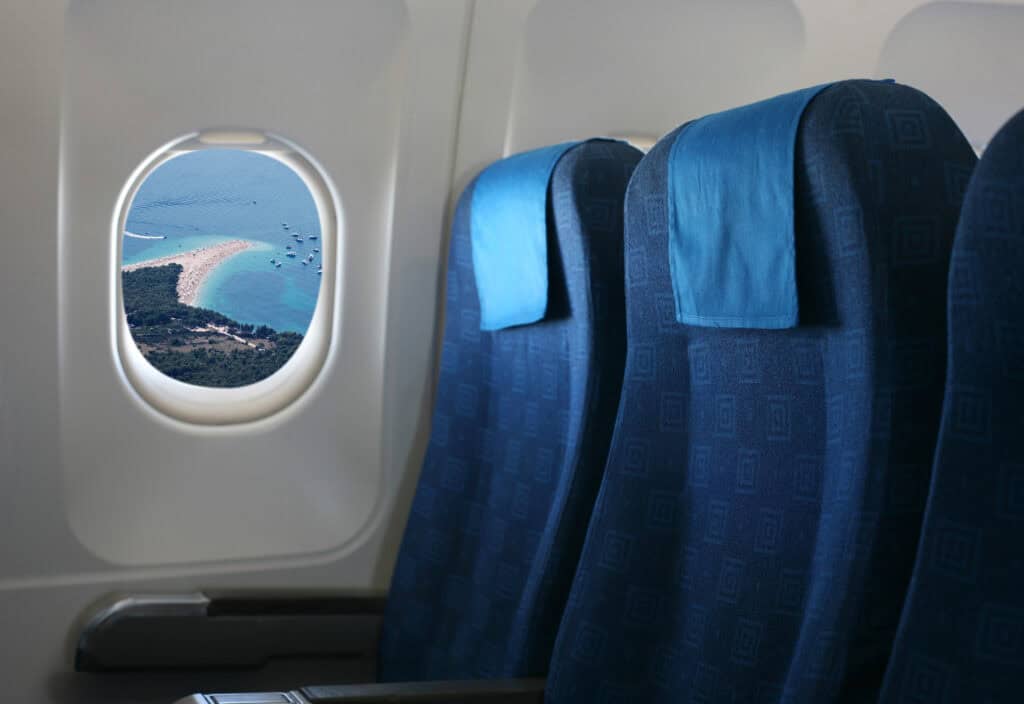
Aisle suits travelers who stretch often or manage gear, since elbows and knees get space without apologizing. Window suits sleepers and planners who like control over shade and the view. Middle is a last resort unless traveling with companions who share armrests well. Short flights favor aisle for quick exits. Red eyes favor window for head support and fewer interruptions. Every choice trades something, so clarity about priorities beats a generic rule.
Planes, Overwing For Stability, Forward For Quiet
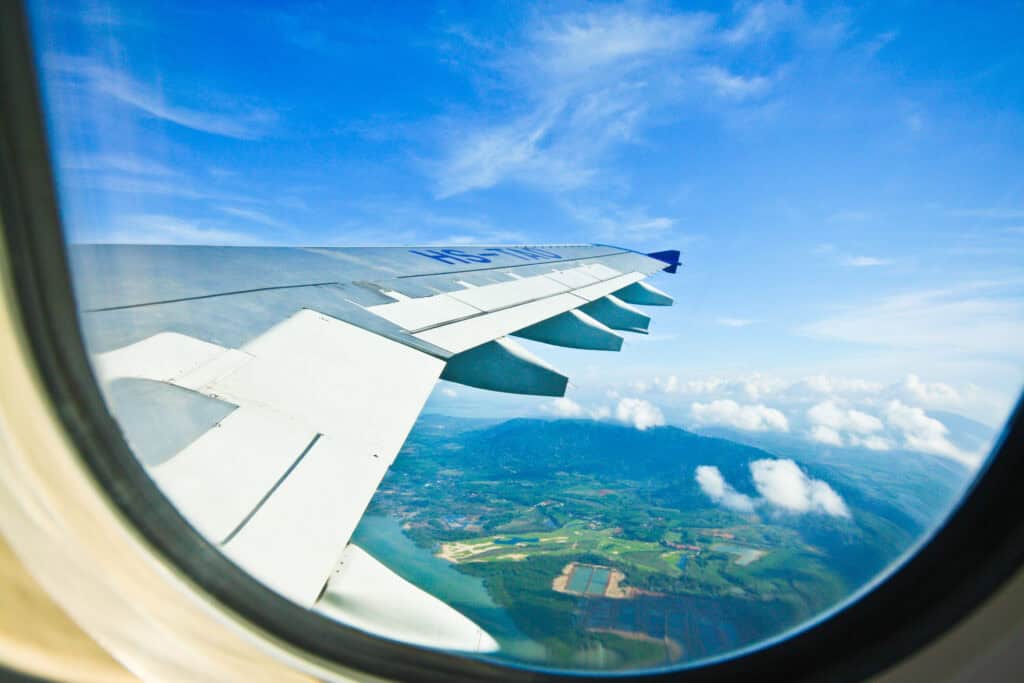
Seats over the wing ride turbulence with a steadier feel, since the wing carries lift beneath the cabin. Forward cabins usually sound quieter than rows near the engines, which helps conversations and naps. A view of flaps and skyline beats the roar that trails behind. If quick deplaning matters, forward also wins on timing. When booking tools show pitch and recline, pair wing sections with decent legroom for comfort that lasts through taxi delays.
Planes, Exit Rows Bring Space With Asterisks
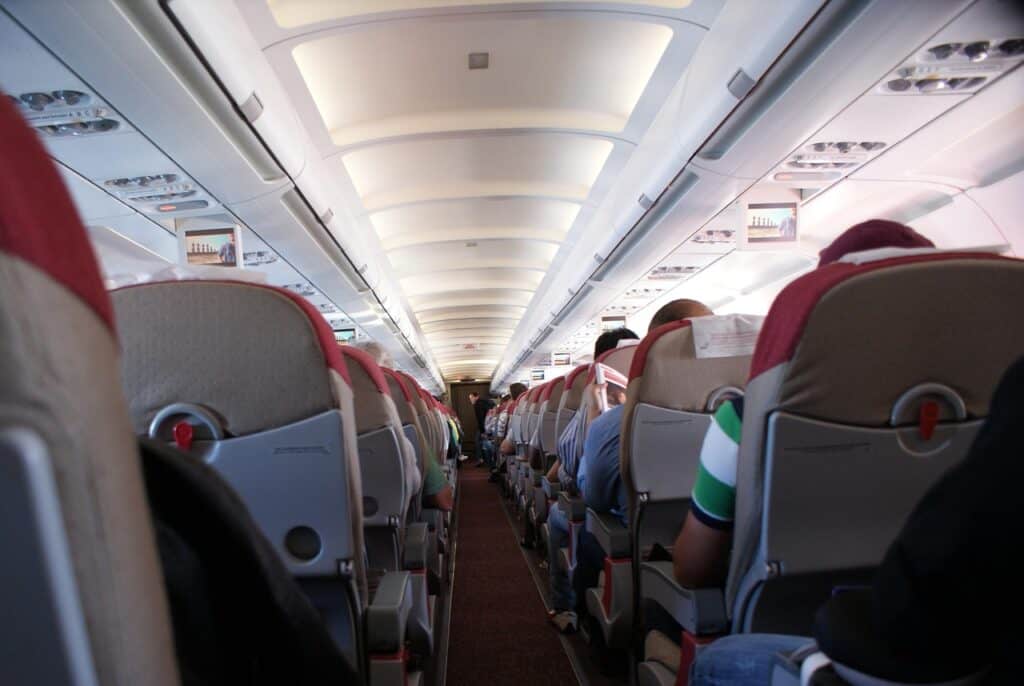
Exit rows deliver knee room that feels like a gift, yet trade-offs are real. Some rows lack recline. Some seats have fixed armrests that narrow the cushion. Temperatures can run cooler near doors, and bags cannot sit underfoot during takeoff and landing. Eligibility rules apply, and attendants will check attention during the briefing. For those who accept the duties and the details, the comfort can outweigh the quirks, especially on flights over three hours.
Planes, Bulkhead Means No Bag And Possible Bassinet
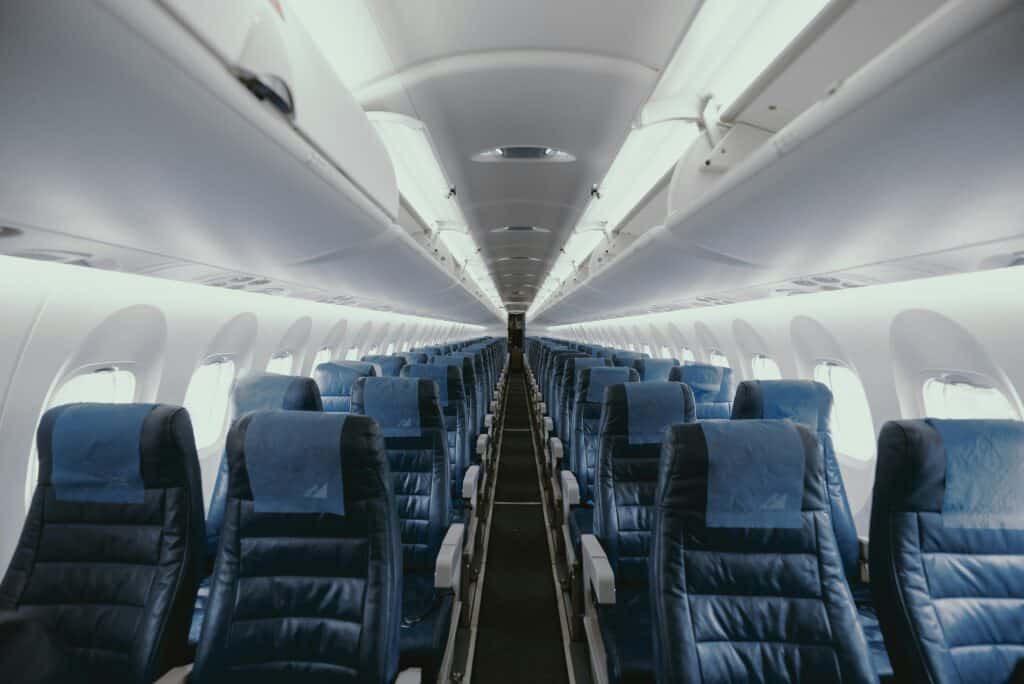
Bulkhead seats remove the under-seat stash, so essentials must ride in overhead space until cruising. Legroom can feel open, yet walls bring fixed armrests and tray tables that change comfort. Families may get bassinets at certain bulkheads, a gift for them and a variable for neighbors. Sound from galleys or lavatories can be a factor at night. When quiet and storage count, a standard row with good pitch sometimes beats the apparent front row win.
Buses, Front Half Rides Smoother, Mid Door Eases Exit

Coach buses feel calmer in the front and center, where pitch and heave settle faster. Seats over axles bounce more, and the rear can sway on broken pavement. Mid door locations help with quick exits at crowded stops, a small edge when schedules stack tight. Window seats avoid aisle bumps during boarding and let long legs angle into corners. For night rides, proximity to the driver and camera coverage adds peace of mind without fanfare.
Buses, Window For Scenery, Aisle For Space

Window seats deliver steady light and a headrest wall, which helps naps and reading. Aisle seats give legs a fraction more room and make snack runs simple. Row mates matter, so pairs traveling together can split duties and trade mid route. Climate controls are often fixed, so layers beat expectations. Luggage racks above may not fit larger bags, making undercarriage access important at rest stops. A calm bus ride comes from planning for small rhythms.
Stadiums, Mid Bowl, Center Lines, Clear Sightlines
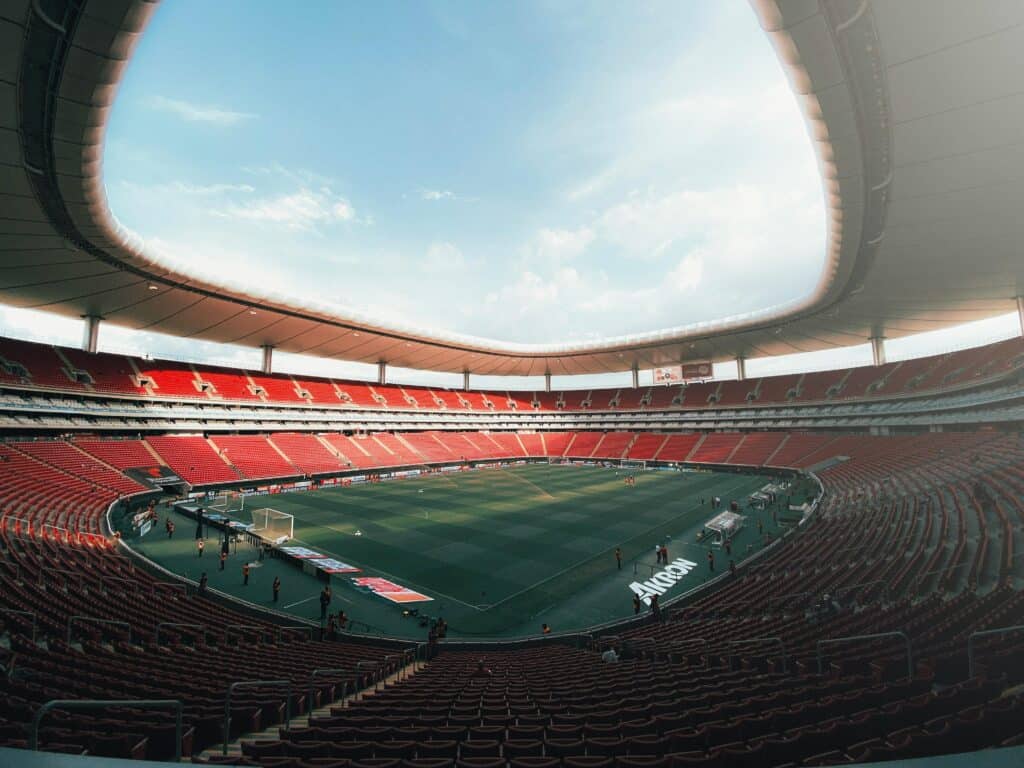
Lower rows feel close yet lose perspective on set plays. Upper decks see strategy but can feel distant. Mid bowl often balances both, with lines at midfield or behind home plate offering crisp geometry for eyes and cameras. Seats that align with team benches or band sections add color and sound. Avoid railings that cut the field at eye level, and confirm that safety nets or cameras will not block key angles during big moments.
Stadiums, Aisle For Easy Breaks, Center For Fewer Bumps

Aisle seats free knees and simplify food runs, but trade constant stand ups as neighbors pass. Center seats reduce interruptions and often feel warmer in winter under a sea of bodies. Families like aisles for quick bathroom access. Fans who live for replay angles often prefer center to hold one frame without head traffic. For concerts, align with the mix position when possible, since audio teams tune to that zone. The ears notice the difference.
Stadiums, Roof Overhang For Weather, Open Sky For Atmosphere

Overhangs shield against rain and midday glare, a savior during long doubleheaders or sudden showers. They also muffle crowd noise slightly and can block high fly balls or firework arcs. Open sky delivers the pure stadium roar and full view of night shows, but exposes fans to sun and wind. Shoulder seasons make shade lines move. Checking the sun path for a kickoff time pays off in real comfort, especially with children or elders in the group.
Universal Rule, Avoid High Traffic And Hard Glare
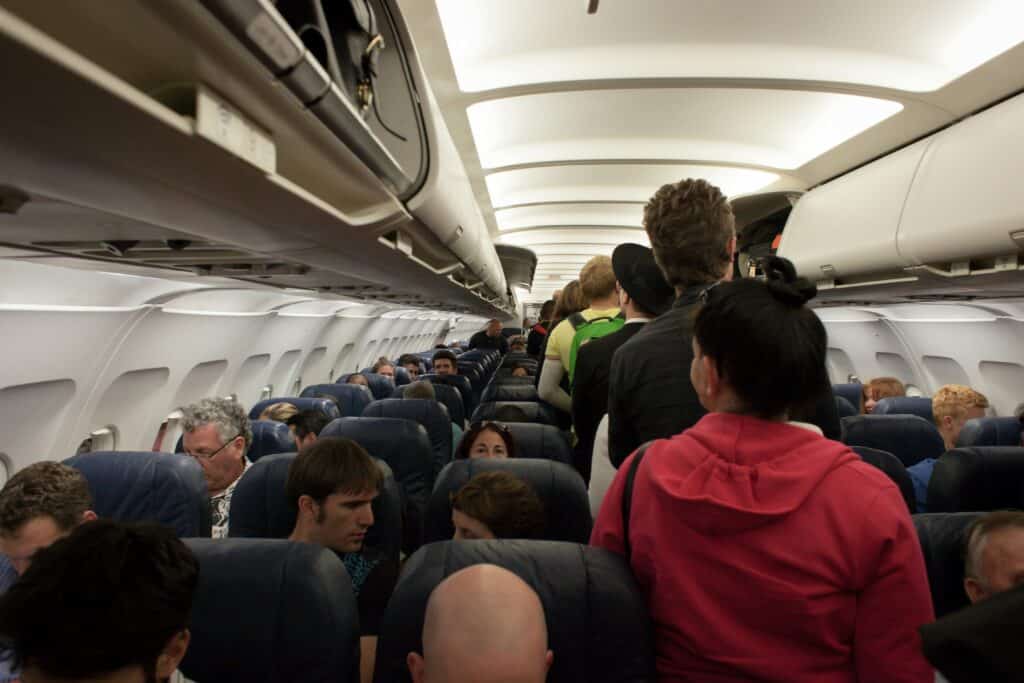
Rows beside service galleys, lavatories, or aisle junctions collect footsteps and light. On planes and buses, that means carts, chatter, and cold drafts. In stadiums, it means vendors pausing at the elbow and harsh sun at specific hours. Seats that dodge direct glare keep eyes relaxed and screens readable. A small map study of doors, aisles, and cardinal directions makes knockout differences. Comfort often lives one section away from the crowd and the spotlight.
Universal Rule, Match Seat To Schedule And Body

Morning flights favor quiet rows for focused starts. Red eyes reward window corners and stable wing seats. Long bus hauls need smoother front halves and layers nearby. Stadium nights with frequent breaks point to aisles, while heated rivalries deserve center sightlines that minimize misses. Knees, backs, and hearing shape choices more than hype. When seats match the body and the clock, patience grows, and the road or the game day moves at a kinder pace.